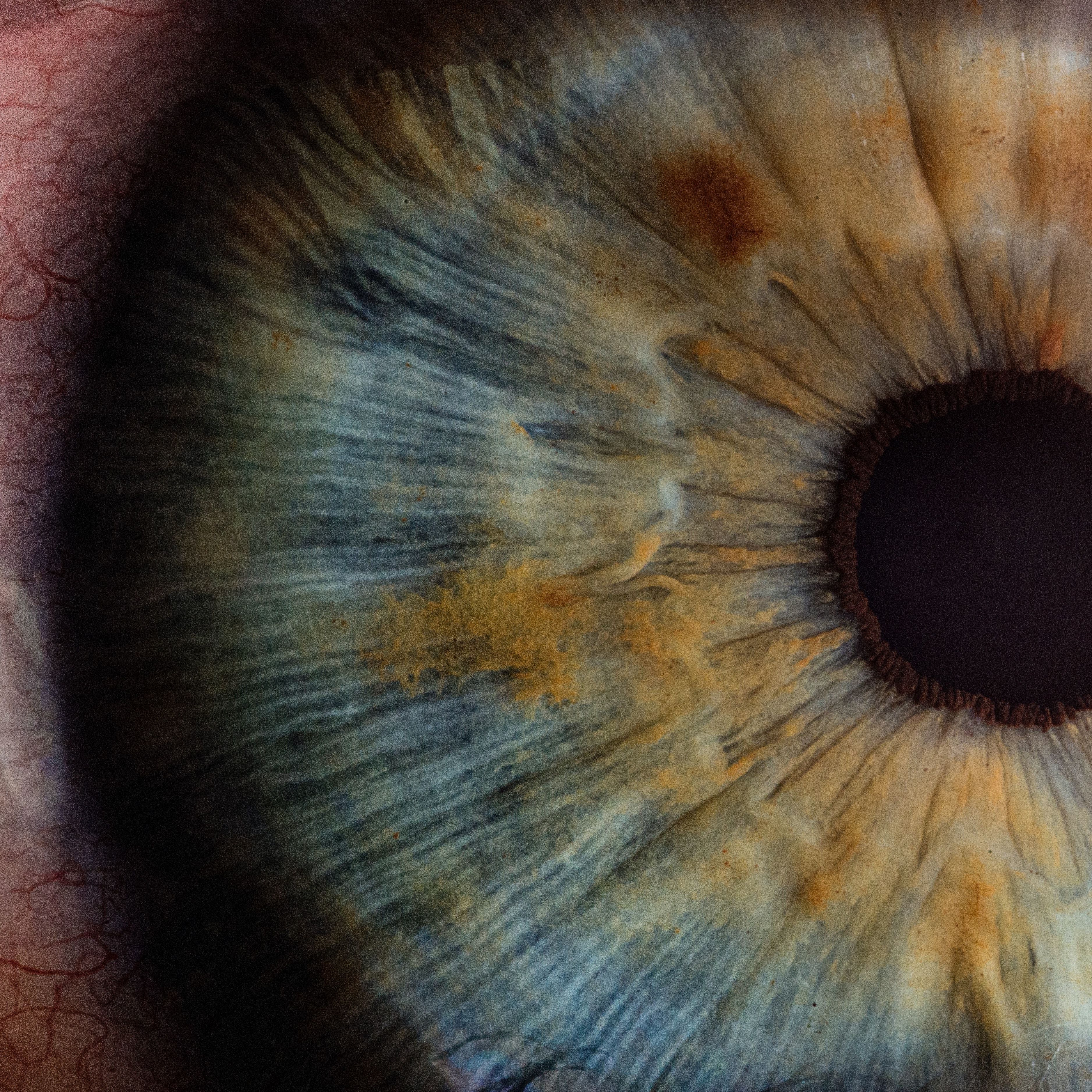Article
Novel Gene Editing Treatment Strategy for Hemophilia B and Pediatric MMA
Author(s):
LogicBio Therapeutics Inc will present data regarding gene editing technologies in hemophilia B and Methylmalonic Acidemia (MMA) at the annual meeting of the ASGCT in Chicago.
This week at the annual meeting of the American Society of Gene & Cell Therapy (ASGCT) in Chicago from May 16-19, LogicBio Therapeutics Inc will present data regarding a number of abstracts, such as presentations on gene editing technologies in the rare diseases, hemophilia B and Methylmalonic Acidemia (MMA).
“Promoterless Targeting without Nucleases of Hyperactive Factor IX Corrects the Bleeding Diathesis in Hemophilia B Mice” will exhibit data from the study led by Adi Barzel, PhD, in which GeneRide AAV-based site-specific genome editing technology. was used with the intention to provide life-long benefits from a single injection neonatal phase in multiple disease models.
By being nucleus-free, specific hurdles, such as nuclease delivery, immunogenicity, off target cleavage, and on-target mutagenesis are avoided.
Additionally, the risk of oncogene activation by rare off-target integration is reduced since GeneRide vectors are promoterless and targeted by natural, error-free homologous recombinations (HRs), which are recombined into the Albumin locus. Essentially, the robust hepatic Albumin expression via a 2A peptide is linked to the expression of the therapeutic gene.
In the treatment of the hemophilia B mice, adult and neonatal mice were injected with an AAV-DJ GeneRide vector coding for a hyperactive variant of human F9. In both groups of mice, disease improvement was demonstrated at doses as low as 1.5E12 VG/kg. Treated mice also showed similarities in clotting time when compared to wild mice. The vectors were designed with synthetic mouse haplotypes baring analogous mutations; it was found that GeneRide was largely unaffected by this haplotype mismatch.
The study concluded that there is a need for either vector-borne promoters or the use of nucleases to induce integration and allow for safe and effective gene targeting for the improvement of hemophilia B in both infants and adults.
Additionally, “Promoterless Targeting without Nucleases of Hyperactive Factor IX Corrects the Bleeding Diathesis in Hemophilia B Mice” and “Generide™, a Novel AAV Strategy to Treat Pediatric Patients with Methylmalonic Acidemia” will provide data from the study led by Jing Liao, which utilized the same GeneRide technology, allowing the expansion of the utility of rAAV vectors to treat childhood diseases that require early intervention.
The study used a GeneRide vector to save neonatal murine models of MMA; the observations were then translated from the rodent model to human cells. A human specific GeneRide vector containing the human MUT coding and homology arm sequences was engineered in order to establish HR-mediated integration at the human ALBlocus. The site-specific integration and the consequent MUT expression was observed after application of the vector on both human cell lines and primary hepatocytes.
Based off of the study’s results, it was concluded that GeneRide is able to mediate efficient genome editing of a therapeutic transgene into the ALB locus in human primary hepatocytes. In addition, it is paving the path for developing novel therapeutics for MMA patients as well as for other inborn metabolism errors.
The hemophilia B data will be presented on Wednesday, May 16, 5:30 p.m. — 7:30 p.m., and the MMA data will be presented on Friday, May 18, 5:45 p.m. – 7:45 p.m.
For more from the rare disease community, subscribe to Rare Disease Report’s e-newsletter.





